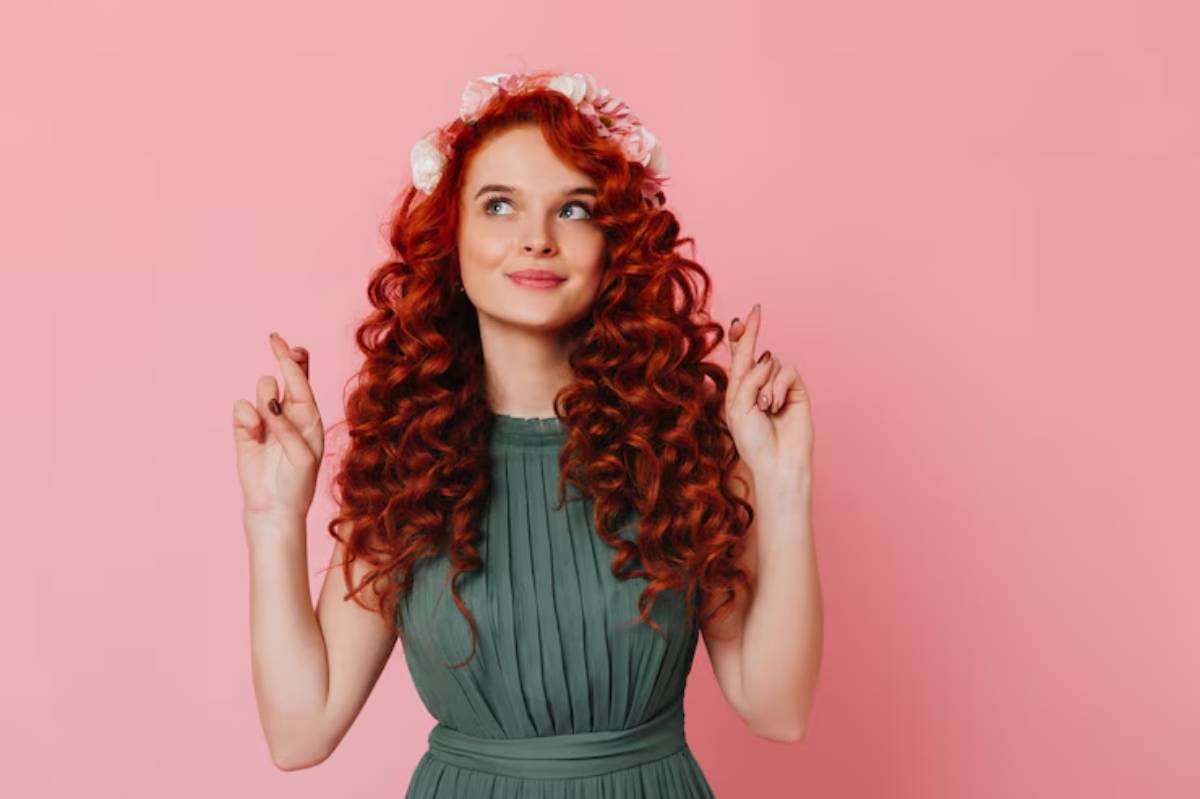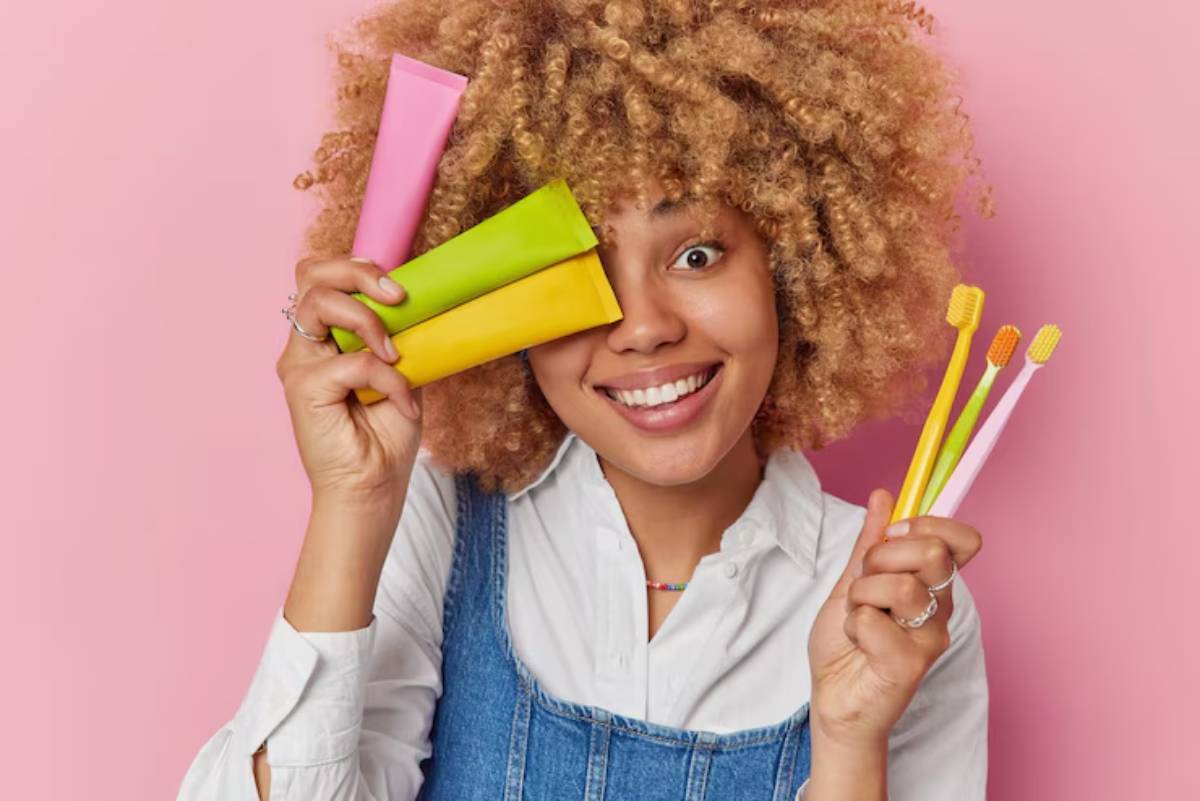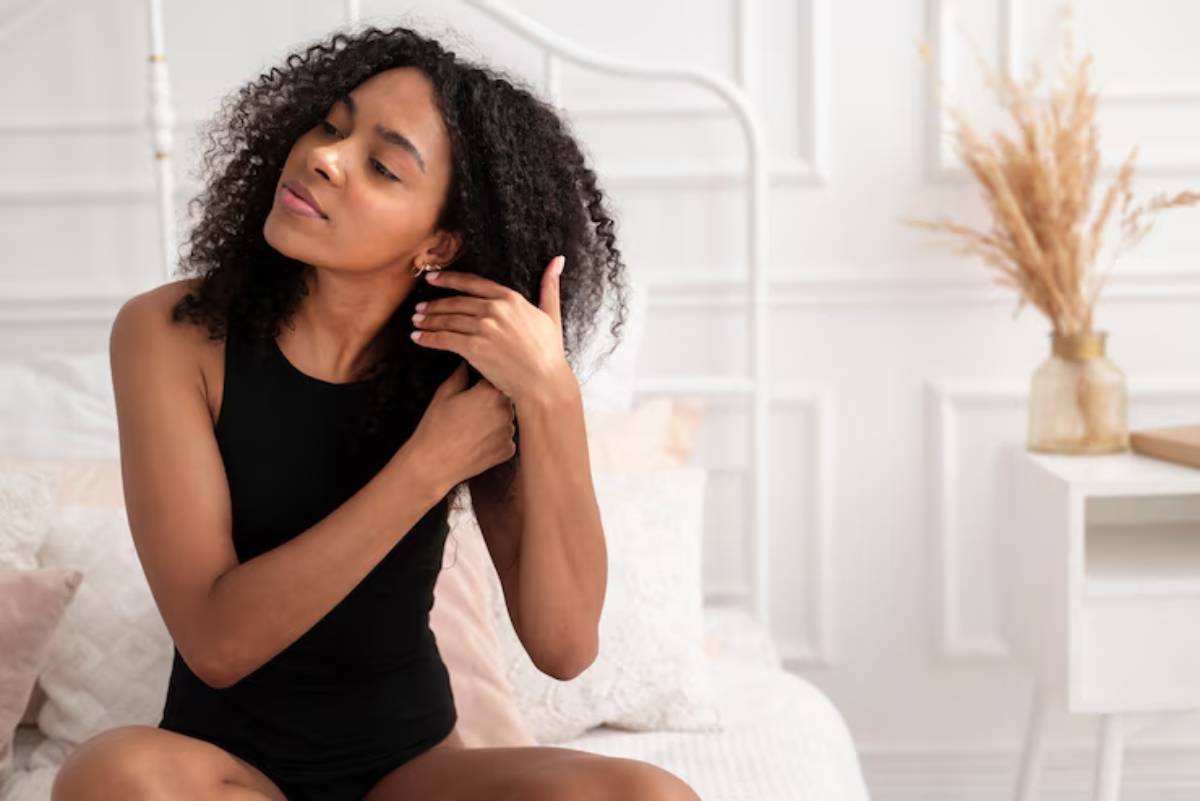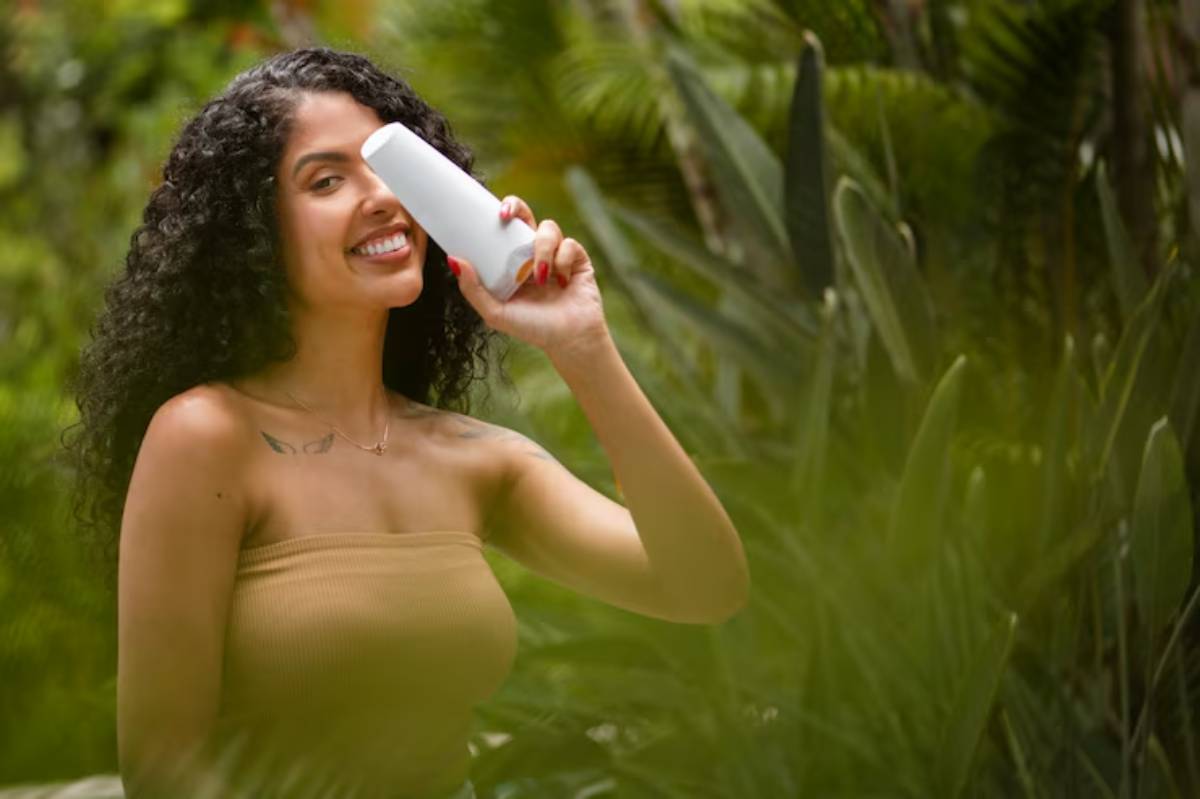
How to Choose the Right Products for Your Curl Type
Curly hair isn’t just a texture — it’s a journey. From light waves to tight coils, every curl type has its own set of needs, quirks, and best-friend products. But with thousands of haircare products marketed at curlies, how do you know which are actually right for you?
If you’ve ever stood in the haircare aisle feeling overwhelmed by jargon like “3A,” “sulfate-free,” or “moisture-locking,” you’re not alone. Choosing the right products for your curl type is one of the most important steps in building a healthy, effective curly hair routine. The right match can define your curls, reduce frizz, and restore hydration, while the wrong one can leave your hair dry, limp, or unruly.
In this guide, you’ll learn how to decode your curl type, understand what ingredients to seek (and avoid), and match your products to your hair’s texture, porosity, and styling goals.
Understanding Curl Types and Their Needs
The curly hair type system is commonly broken down into Types 2, 3, and 4, with subcategories A to C. Here’s a quick overview:
Type 2 (Wavy)
- 2A: Fine, loose waves with minimal frizz
- 2B: More defined waves with light frizz
- 2C: Thicker waves, prone to frizz and slight curl formation
Needs: Lightweight moisture, anti-frizz solutions, minimal heaviness
Type 3 (Curly)

- 3A: Large, loose ringlets
- 3B: Tighter, springier curls
- 3C: Corkscrew curls with more density
Needs: Hydration, curl definition, frizz control
Type 4 (Coily/Kinky)
- 4A: Soft coils with visible curl pattern
- 4B: Z-shaped curls with less definition
- 4C: Tightest curls, prone to shrinkage and dryness
Needs: Deep moisture, protective styling, rich emollients
Each curl type reacts differently to product weight, humectants, proteins, and even the weather. That’s why understanding your type — and your hair’s porosity — is crucial before selecting products.
Explore the best leave-in conditioners for curly hair to find your match based on type and need.
Quick Guide: Product Matching by Curl Type
Checklist at a Glance
Here’s a simplified product-picking roadmap:
- Type 2 (Wavy)
- Lightweight leave-in conditioners
- Frizz-reducing gels
- Avoid heavy butters or oils
- Type 3 (Curly)
- Curl creams with medium hold
- Sulfate-free cleansers
- Avoid drying alcohols
- Type 4 (Coily)
- Buttery masks, oils, and LOC method-friendly products
- Co-washes and ultra-moisturising conditioners
- Avoid protein overload (unless high-porosity)
Always test products in small amounts first and check how your hair feels the next day — that’s the true test of compatibility.
Important Note: Transitioning from heat-damaged or relaxed hair? You may need different products temporarily during this period.
Step-by-Step Guide: How to Choose Products for Your Curl Type
Step 1: Identify Your Curl Type (and Porosity)
Use a curl chart or hair typing system to determine your curl pattern. But more importantly, figure out your hair porosity — how well your hair absorbs and retains moisture.
- Low porosity: Product sits on hair, needs lightweight, water-soluble products
- Medium porosity: Balanced moisture, flexible product options
- High porosity: Absorbs quickly but loses moisture fast — needs sealing oils and protein-rich formulas
Pro Tip: Float a clean strand of hair in water. If it sinks quickly, you likely have high porosity.
Step 2: Choose the Right Cleanser
Your shampoo or co-wash sets the stage.
- Type 2 & 3: Go for a sulfate-free shampoo that gently cleanses without stripping natural oils
- Type 4: Consider a co-wash or cleansing conditioner — it maintains hydration while removing build-up
Important Note: Clarify once a month with a sulphate-free clarifying shampoo to remove product buildup.
Step 3: Pick a Conditioner That Supports Your Texture
- Type 2: Lightweight conditioners with aloe vera, panthenol
- Type 3: Creamy moisturisers with jojoba oil, shea
- Type 4: Ultra-rich, buttery conditioners with castor oil, coconut milk
Look for a slip — this makes detangling easier.
Step 4: Layer with Leave-Ins and Stylers
- Leave-In Conditioner: Offers baseline hydration and curl separation
- Curl Cream: Helps define curls and reduce frizz
- Gel/Mousse: Adds hold and polish
Your goal is to layer in a way that seals moisture without weighing down your hair. If you have highly textured or dry curls, consider the LOC method (leave-in, oil, cream).
Step 5: Don’t Forget Weekly Treatments
- Type 3 & 4 hair benefits greatly from deep conditioning weekly
- Use products with strengthening ingredients like protein, but don’t overdo it — balance with moisture
You can try options from the top deep conditioners for hydrated curls list for trusted treatments.
Pro Tip: Always apply products on soaking wet hair to improve absorption and definition.
Best Practices & Additional Insights
- Keep a hair journal. Note what products you use and how your curls react over a week.
- Patch test new products. Even natural ingredients can cause allergies or scalp reactions.
- Rotate products seasonally. You may need heavier creams in winter and lighter stylers in summer.
- Don’t chase trends blindly. What works for a 3A curl influencer may not work for your 4B hair.
“I remember trying a super-hyped curl jelly that left my curls crunchy and dry — turns out it had too much protein for my low-porosity 3B hair.” — Real story from a curly hair enthusiast
FAQs
- How do I know if a product is curly hair-friendly?
Check for the “curly girl method approved” label or avoid sulphates, silicones, and drying alcohols. Look for nourishing ingredients like shea butter, glycerin, and flaxseed. - Should I use the same products year-round?
Not necessarily. Humidity, temperature, and your hair’s moisture needs may change by season. - Is it okay to mix and match product brands?
Yes! Many curlies mix leave-ins from one brand with stylers from another. Just ensure the products are compatible in formulation (no curdling or residue). - How long should I trial a product before deciding?
Try it at least 2–3 times under similar wash day conditions to judge accurately. - Are drugstore curly hair products any good?
Absolutely. While salon brands offer quality, many drugstore options now cater well to curly textures.
Conclusion

Choosing the right products for your curl type doesn’t have to be a guessing game. By understanding your texture, porosity, and goals, you can build a routine that brings out your hair’s natural beauty, keeps it healthy, and makes styling a joy, not a chore.
Whether you’re Type 2 and need a lightweight leave-in or a Type 4 looking for intense moisture, remember: consistency beats quantity. Invest time in learning what works, start simple, and refine as you go.
Now it’s your turn: Have a holy grail product that changed your curl game? Share your go-to favourites in the comments or subscribe to stay in the loop with all things curls.


